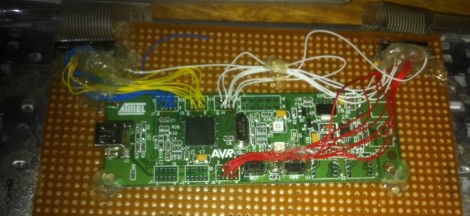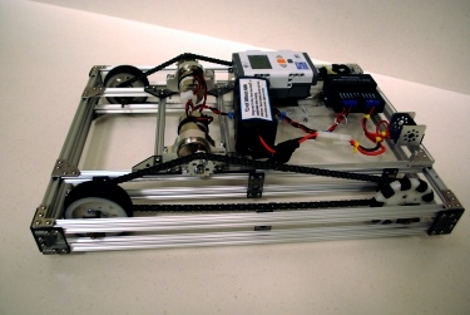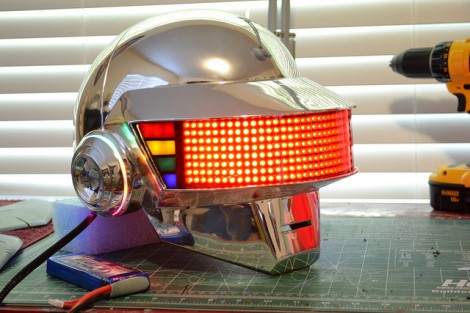
Here we see [Christopher Suprock] hanging out in his basement laundry area in order to show off his intelligent heat exchanger. The reason for the device is simple, when you use your clothes dryer , hot water heater, other other utilities that generate heat, energy is often wasted in the form of hot exhaust gases. Why not get the most for you clothes drying dollar by sourcing that hot air to warm your house.
The block you see on top of the dryer is a heat exchanger. The exhaust from the dryer passes through a radiator assembly before being vented outside the house. Some control hardware monitors the temperature of the input side and switches on the fan when it detects a higher temperature than the ambient air. Air then flows through the radiator, picking up heat energy from the exhaust gas. See [Christopher’s] explaination, and some thermal readings while the dryer is running, in the video after the break.
This makes us wonder, if the heat exchanger drops the exhaust gas fifty degrees before being vented, will this cause any issues with condensation?

















